Related Research Articles
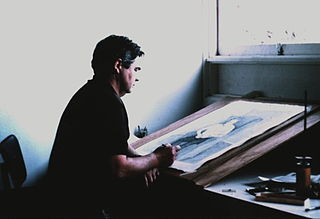
John Brack was an Australian painter, and a member of the Antipodeans group. According to one critic, Brack's early works captured the idiosyncrasies of their time "more powerfully and succinctly than any Australian artist before or since. Brack forged the iconography of a decade on canvas as sharply as Barry Humphries did on stage."
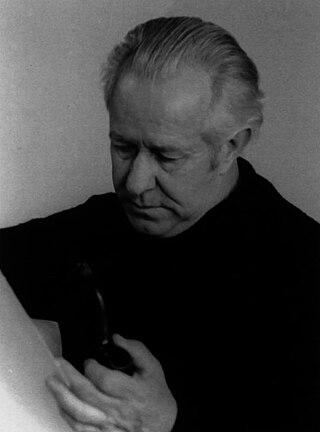
Grahame Edwin King was a master Australian printmaker, who has been called the "patron saint of contemporary Australian printmaking". He was responsible for the revival of print making in Australia in the 1960s. He helped set up the Print Council of Australia, of which he was the first Honorary Secretary and was later President. He taught printmaking at The Royal Melbourne Institute of Technology (RMIT) from 1966 to 1988. In 1991, he was awarded an Order of Australia for his services to education. As well as teaching, King produced his own art work, concentrating on lithographs and monotypes. He was also a skilled photographer and used his photography both in his teaching and in his practice.
Franz Moishe Kempf was an Australian artist who worked in Australia and Europe. He was a lecturer in printmaking at the University of Adelaide.
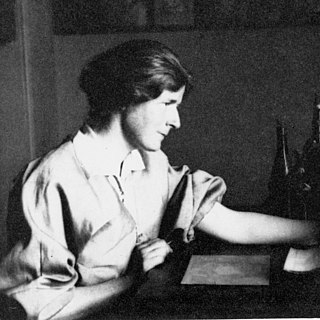
Jessie Constance Alicia Traill was an Australian printmaker. Trained by Frederick McCubbin at the National Gallery of Victoria Art School, and by painter and printmaker Frank Brangwyn in London, Traill worked in England and France in the period immediately preceding World War I. During the war she served in hospitals with the Voluntary Aid Detachment.
Rona Green is an Australian visual artist.
Jan Senbergs is an Australian artist and printmaker of Latvian origin.
Geoffrey Ricardo is an Australian contemporary visual artist whose work focuses on his sculpture and printmaking practice.
Alun Leach-Jones, was a British-born Australian artist known for his range of work covering painting, drawing, sculpture, linocuts, screenprints and etchings.
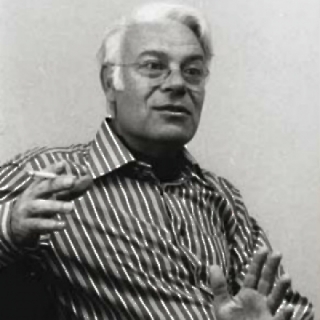
Udo Sellbach (1927–2006) was a German-Australian visual artist and educator whose work focused primarily around his printmaking practice.
Andrew John Sibley was an English-born Australian artist. Sibley has been the subject of three books and is commonly listed in histories and encyclopedias of Australian art as a significant figurative painter of the mid and late 20th century.

Dorothy Berry is an Australian artist working in the genres of Outsider art, and Art Brut, based in Melbourne, Victoria, Australia. She is known primarily for her densely composed depictions of animals and birdlife, executed in pastel. Berry resides in the Melbourne suburb of Kingsbury and has worked from her Northcote-based studio at Arts Project Australia since 1985. Berry's work has been represented in four solo exhibitions, and has exhibited widely, both nationally and internationally in group shows, including ‘My Puppet, My Secret Self’, at the Substation, Newport; ‘Inside Out/Outside In’, Access Gallery, National Gallery of Victoria, Melbourne; and ‘Turning the Page’, Gallery 101, Ottawa, Ontario, Canada. Her work is held in the collections of the National Gallery of Australia and MADMusée, Liège, Belgium, and the Centre for Australian Art.
Yvonne Boag is an Australian painter and printmaker whose work reflects the many places where she has lived and worked.
Tanya Myshkin is an Australian printmaker, born in Adelaide, South Australia and based in Canberra. She is a printmaker known for her drawing, wood engraving and etching. Much of her imagery is centred around the natural world.
Mandy Martin was a contemporary Australian painter, printmaker and teacher. She was involved in the development of feminist art in Australia from the mid-1970s and as exhibited widely in Australia and internationally. In recent years she used the art she created as part of the ongoing debate on climate change, an area in which she was "prolifically active". Based in Canberra for many years, she was also a lecturer at the Australian National University (ANU) School of Art from 1978 to 2003. As well as being a visual artist, Martin was an adjunct professor at the Fenner School of Environment and Society at the ANU College of Medicine, Biology and Environment.
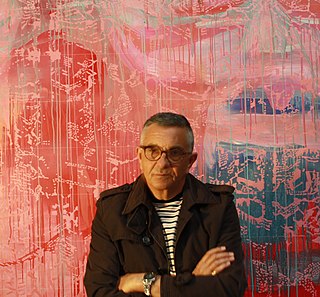
Jon Cattapan is an Australian visual artist best known for his abstract oil paintings of cityscapes, his service as the 63rd Australian war artist and his work as a professor of visual art at the University of Melbourne in the Faculty of Fine Arts and Music at the Victorian College of the Arts. Cattapan's artworks are held in several major galleries and collections, including the National Gallery of Victoria, the Art Gallery of New South Wales, Queensland Art Gallery, and the National Gallery of Australia.
Barbie Kjar is an Australian artist and educator, specialising in printmaking and drawing. Her work is included in the permanent collections of the National Gallery of Australia, the National Gallery of Victoria, Tasmanian Museum and Art Gallery, and the Gold Coast City Art Gallery.
Angela Cavalieri is an Australian printmaker, whose work recreates text and narratives in visual form and was included in the Venice Biennale, 2011.
Hertha Kluge-Pott is a German-born Australian printmaker based in Melbourne.
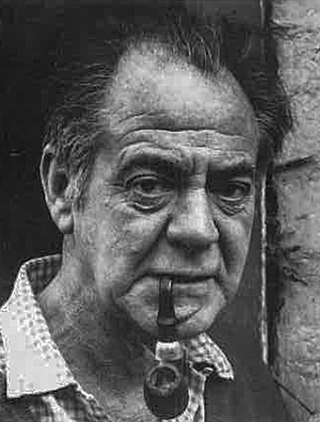
Jack Courier (1915–2007), a.k.a. John, was an Australian Modernist printmaker, painter and teacher.
Allan Mitelman is an Australian painter, printmaker and art teacher who arrived in Australia in 1953.
References
- ↑ https://www.printsandprintmaking.gov.au/references/8038/artists/
- ↑ Professor Sasha Grishin, NKEW, 19 February 2001, p. 16.
- ↑ 'Encounters of the Ethnic Kind', The Examiner, 6 June 1990.
- ↑ John Neylon, Art & Text, 1988, p. 67
- ↑ Australian printmaking in the 1990s: artist printmakers, 1990-1995, Professor Sasha Grishin, Craftsman House, 1997, pp 6-9
- ↑ Contemporary Australian printmaking: an interpretative history, Professor Sasha Grishin, Craftsman House, 1994, p 133
- ↑ 'Unfamiliar Territory' catalogue essay by Professor Jenny Zimmer, Art Gallery of South Australia, 1992
- 1 2 3 'A Changing Agenda', Professor Sasha Grishin, NKEW newspaper 19 February 2001
- ↑ 'College encounter makes Underdale trip worthwhile', Margot Osborne, The Advertiser, 19 October 1988
- ↑ 'Encounters' review, John Neylon, Art & Text, Vol 31, 1989, pp 65-67
- ↑ 'Artists Views' PCA Imprint Vol 25, No1, pp 10-11
- ↑ 'Unfamiliar Territory' catalogue essay, Jenny Zimmer, Adelaide Biennial of Australian Art, Art Gallery of South Australia, 1992
- 1 2 Professor Sasha Grishin, Australian printmaking in the 1990s: artist printmakers, 1990-1995: 'Diane Mantzaris', Craftsman House, 1997, pp 6-9
- 1 2 Professor Sasha Grishin, 'Diane Mantzaris / Diane Mantzarisová', 'Australian Graphic Arts', Grapheion, Vol 3-4, 2000
- ↑ 'Urban Design and Public Art Alliances ARTLINK Feature: by Andy Miller, Sculpture and Cities, Volume 20 no 4
- ↑ "Exchanging Data". Castlemaine Art Museum Collection Online. Retrieved 26 September 2021.
- ↑ https://collection.hota.com.au/objects?query=Diane+mantzaris